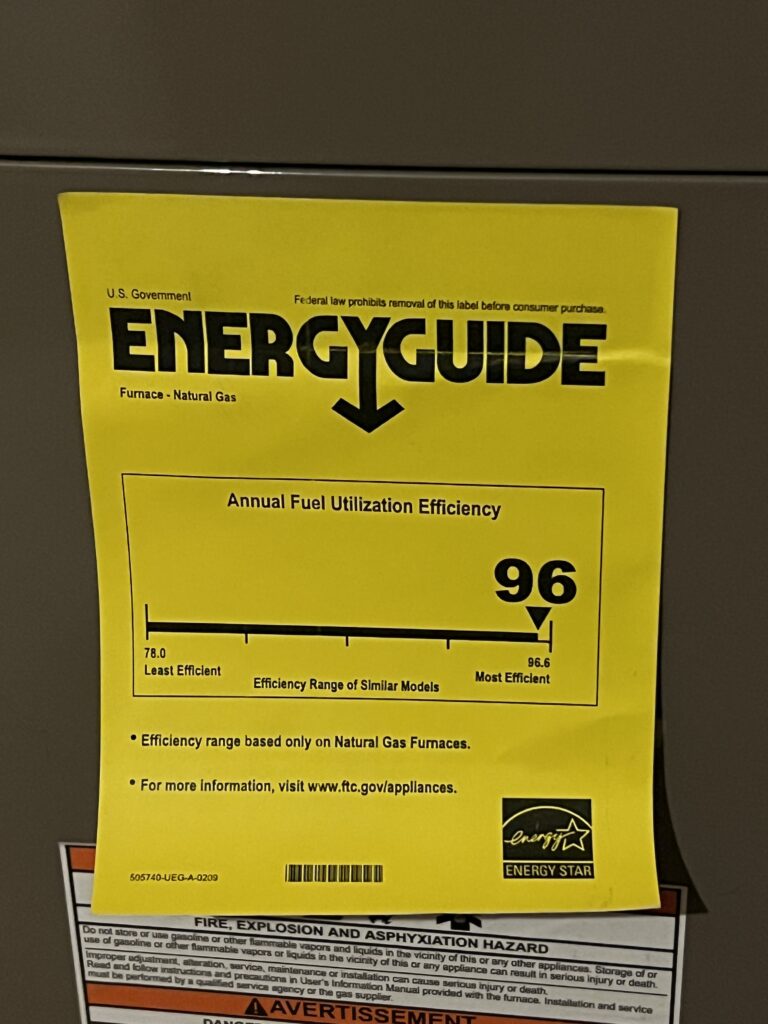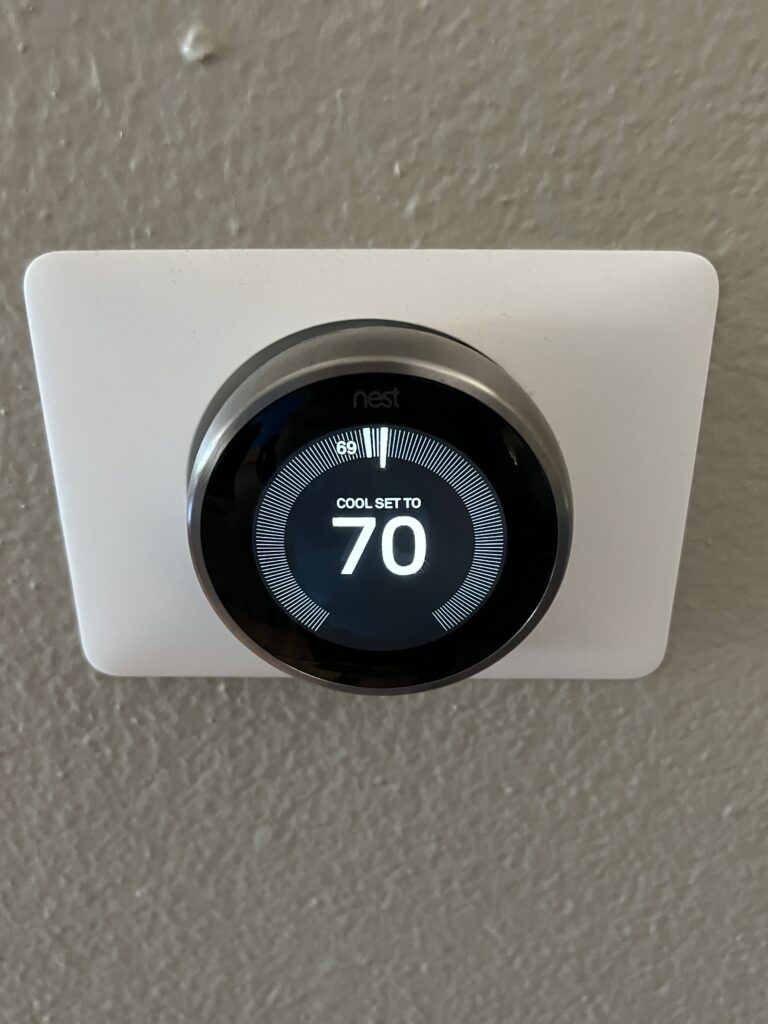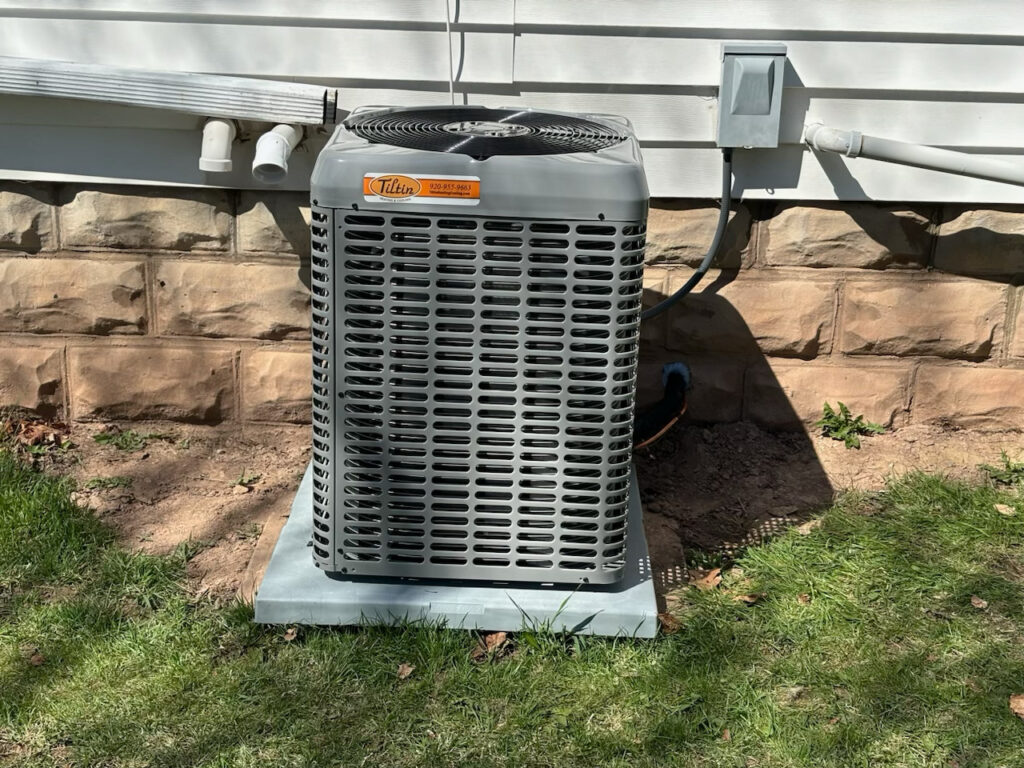Optimizing Comfort with a Well-Planned HVAC System
In the past, central or whole-home air conditioners were considered a luxury. Today, it’s become a standard feature in many homes. A high-quality air conditioning system not only cools your home but also helps control humidity, ensuring a comfortable living environment. Appleton’s homeowners know that average summer temperatures can hang around in the 80 °F or higher, which means staying cool and comfortable is important. Homeowners must understand their AC system components, how they work, and ensure contractors install correctly sized systems. Regular maintenance can increase efficiency and prolong the system’s lifespan, keeping you comfortable and saving money.
AC System Components
An air conditioning system is part of the broader heating, ventilating, and air-conditioning (HVAC) system. It can be paired with a furnace or function as part of a heat pump unit. Interestingly, a heat pump operates as an air-conditioner that cools in the summer and reverses to heat in the winter. Both furnace-paired and heat pump systems share similar components, some of which are installed inside the home, while others are situated outside.
The foundation of any AC system is the refrigerant, also known as Freon. This refrigerant is compressed into a high-pressure gas by a compressor and released into a closed loop of copper tubing. The refrigerant has a unique ability to absorb and release heat energy quickly. The condenser coil and compressor, usually mounted on a pad outside the home, work together with the evaporator and blower (also known as the air handler) unit located inside the home, typically in the basement, attic, or a closet. The blower, serving both the AC and the furnace, connects to ducts that distribute air throughout the house, all controlled by the thermostat.
How Air Conditioners Work
When the thermostat detects that the home is warmer than the set temperature, it activates the AC system. The compressor outside begins compressing the refrigerant into a high-pressure gas. This gas is pumped through a condenser coil made of copper (or sometimes aluminum) tubing and aluminum fins, where a large fan expels the heat to the outdoors.
The cooled, compressed refrigerant, now a liquid, is then pumped into the house via copper tubing to the evaporator coil. Here, under less pressure, it vaporizes from liquid to gas, rapidly absorbing heat from the air blown across the evaporator by the blower. This cooled air circulates through the home via the ducts.
Simultaneously, humidity in the air condenses on the cold evaporator surface into liquid water, dripping into a drain pan and down a drain, thereby cooling and drying the air, enhancing home comfort. The refrigerant gas returns to the compressor, and the cycle repeats until the desired indoor temperature is achieved, at which point the system shuts off. According to some Redditors, the preferred indoor temperature during Wisconsin summer is 70-73 °F.
Planning for a New Air Conditioner
When installing or replacing an AC system, it’s crucial to consult a knowledgeable HVAC contractor. The AC unit must be neither too large nor too small but optimally sized using detailed calculations known as Manual J calculations. These consider the home’s size, insulation, the number and types of windows and doors, and more. This holds even when replacing an old system, as the original might not have been properly sized, especially if renovations have altered the home’s cooling needs.
Duct Installation
If ducts need installation, the contractor must perform Manual D calculations to ensure the ducts deliver the right amount of heated or cooled air to every room. Poorly planned duct systems can undermine even the best AC units, so these calculations are vital. Ducts should be insulated if run through unheated parts of the home, and hard-sided duct material is preferred over flexible ducting due to its lower resistance to airflow. All duct-work joints should be sealed with duct mastic, not tape, to prevent air leakage and maintain efficiency.
Choosing an Efficient AC System
After determining the appropriate unit size through Manual J calculations, consider the efficiency rating when purchasing a system. The Energy Efficiency Rating (EER) measures an AC’s efficiency at a set temperature, while the Seasonal Energy Efficiency Rating (SEER) measures efficiency over an entire cooling season. Higher ratings indicate greater efficiency and lower energy costs over the unit’s lifespan. Use yellow EnergyGuide labels to compare units, and look for the EnergyStar label, awarded to high-efficiency appliances by the Department of Energy. Also, check consumer ratings for reliability and lifespan. Modern central AC units typically last 10 to 15 years.

Programmable Thermostats and Maintenance
Modern central AC systems should include a programmable thermostat. Popular brands of smart and programmable thermostats include: Nest, Ecobee, Honeywell, and many more. According to to Energy.gov raising the temperature by 7-10 °F when away for at least 8 hours can save up to 10% on cooling costs. High-end systems often control humidity, featuring multi-stage compressors and variable-speed blowers. These systems can run at low levels to dehumidify without over-cooling, saving energy and enhancing comfort.

Air Conditioner Maintenance
Regular maintenance is crucial. Change the filter in the blower system at least once before the cooling season and once before the heating season, or every three months in dusty areas. If an AC repair is needed it might require a trained technician, especially to check for refrigerant leaks or proper refrigerant levels, as incorrect handling can damage the compressor.
AC End of Life
What to do when your AC has reached the end? Have a trained technician assist with your AC replacement. Refrigerants in AC units are controlled substances due to their environmental impact if released. Older units use refrigerants that are potent greenhouse gases. This is why only a trained technician should remove an old unit, capturing the refrigerant before disposal to prevent environmental damage.
Conclusion
A well-maintained, correctly sized, and efficiently running AC system can make a significant difference in home comfort and energy costs. By understanding your system and ensuring proper installation and maintenance, you can enjoy a cool, comfortable home for years to come.

